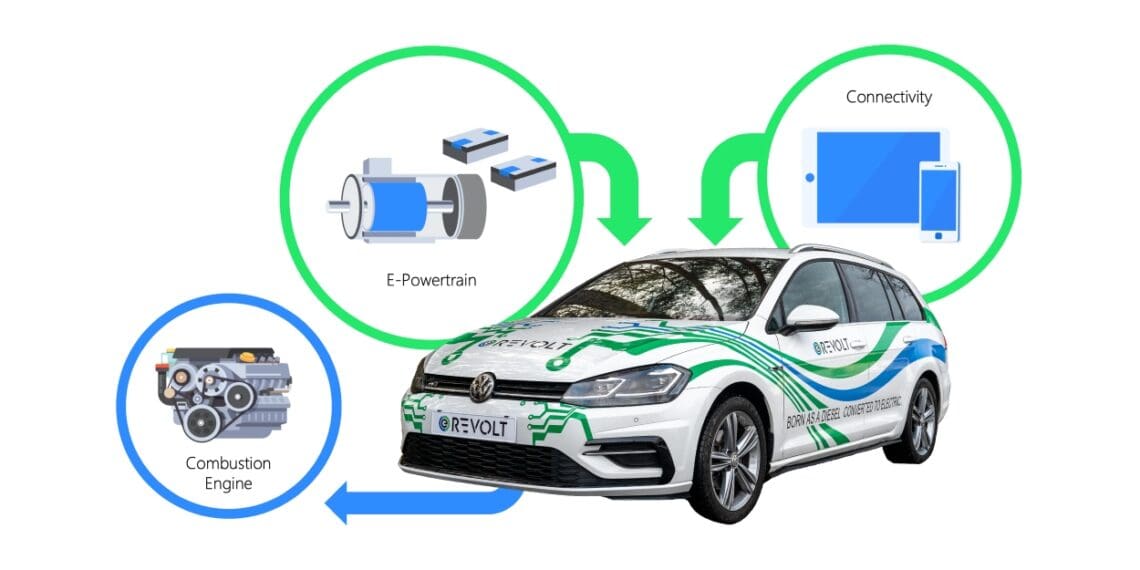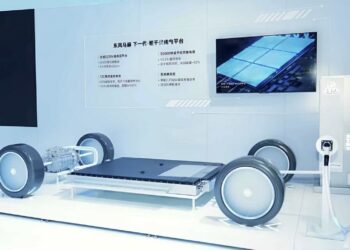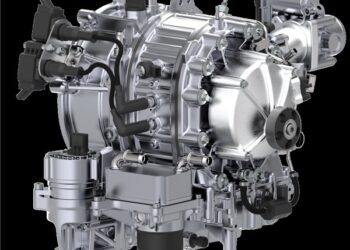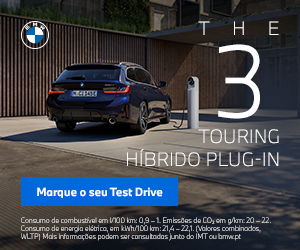Driving a 100% electric vehicle without changing cars. This will perhaps be the most economical way to adopt battery technology, converting your everyday gasoline or diesel car into an electric one with a range of up to 300 kilometers between charges.
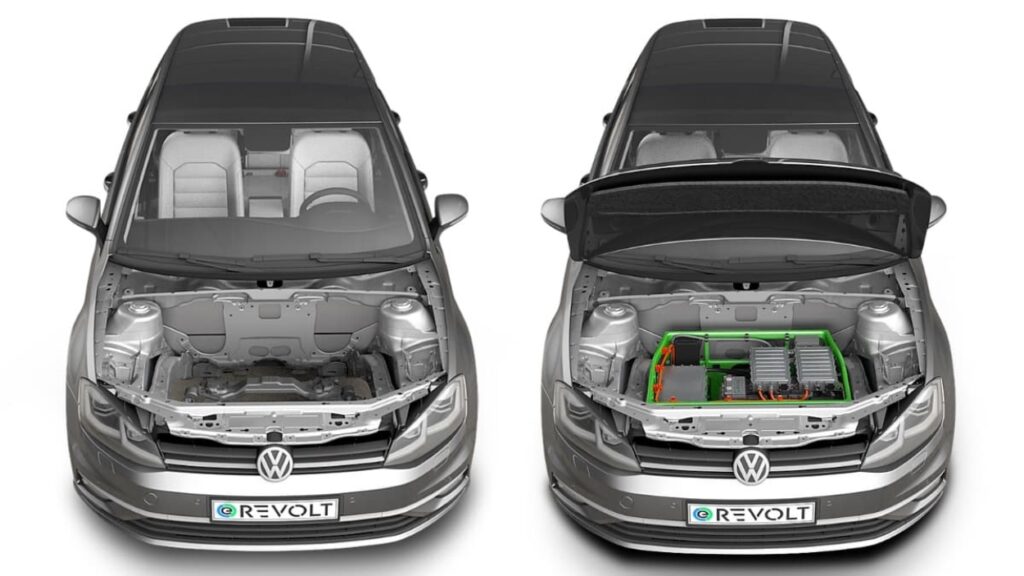
This is the proposal of the German start-up e-Revolt, a company specialized in converting vehicles with internal combustion engines (ICE), with the creation of a kit that is compatible with 42 models from major car manufacturers, including VW Golf and Polo, Audi A3 and Seat Leon.

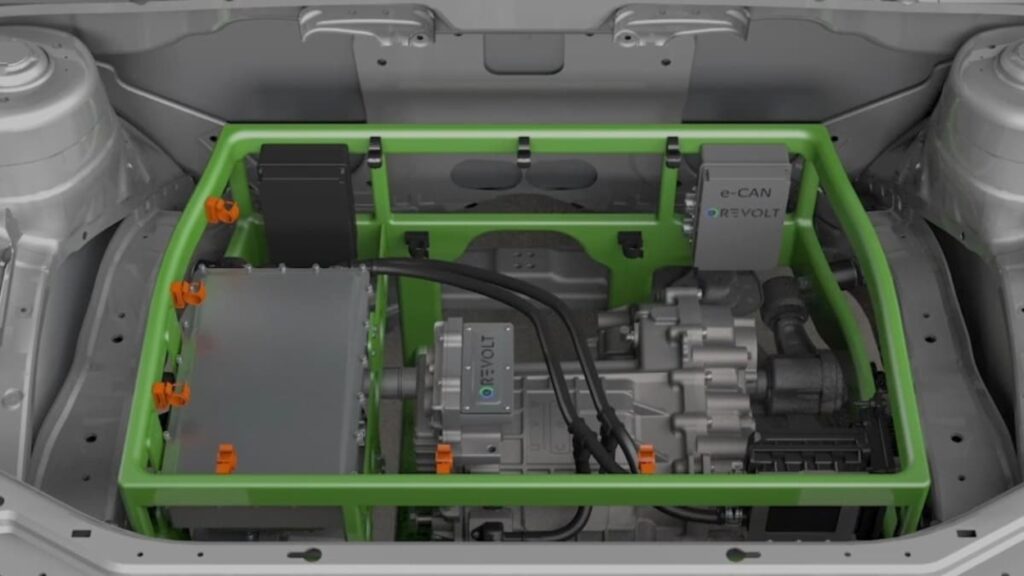

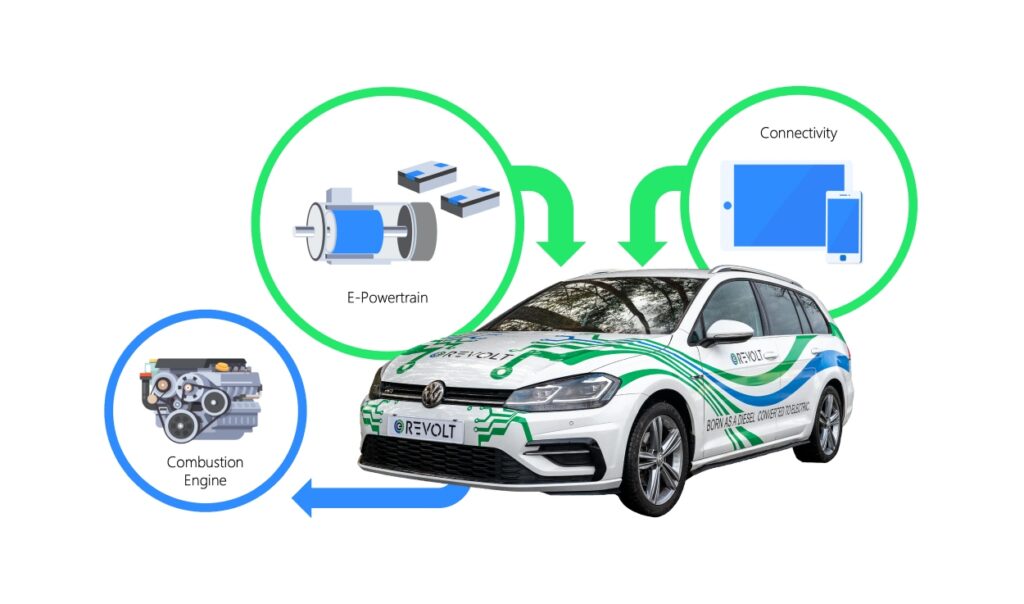
The competitive advantage of e-Revolt over competing companies is the announced time for each conversion, only eight hours. “We remove the combustion engine and have a structure that utilizes the old engine’s points,” explained Timo Walden, project manager at e-Revolt. “We can easily replace just the engine with the new frame and components. And that’s why we are much faster,” he added.
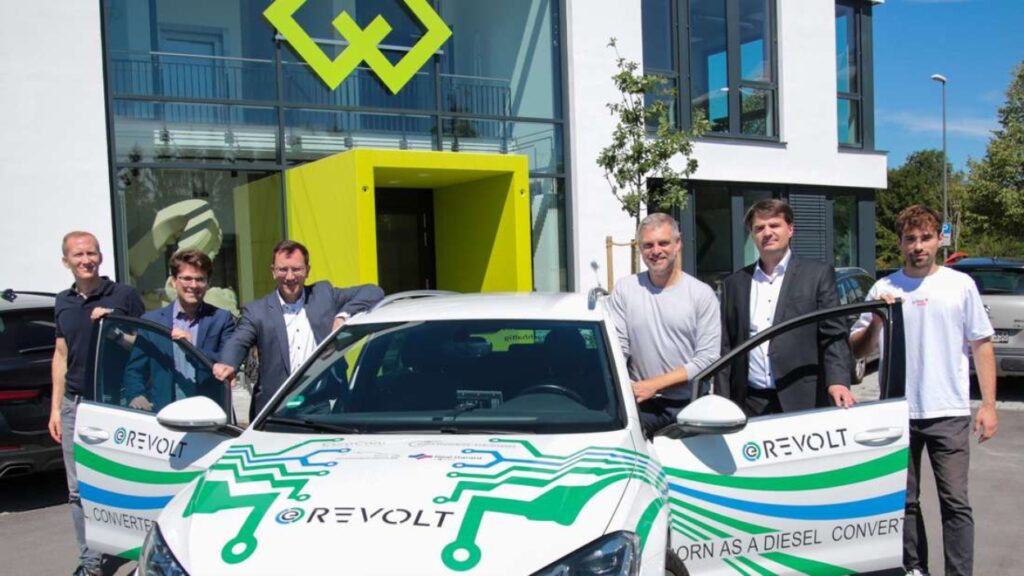
With a total cost ranging from €12,000 to €15,000 euros, the battery module installed in the cars converted by e-Revolt allows an estimated range of 250 to 300 km on a single charge, a performance that the company wants to improve quickly. “This is a positive point because our cars, or our solutions, are modular. So, for example, if one day we have access to a better battery, we won’t need the time that an OEM [original equipment manufacturer] normally needs (two, three years or more) to put this new battery in the vehicle (…) – everything, every component, can be replaced by a different component,” concluded the responsible person.

